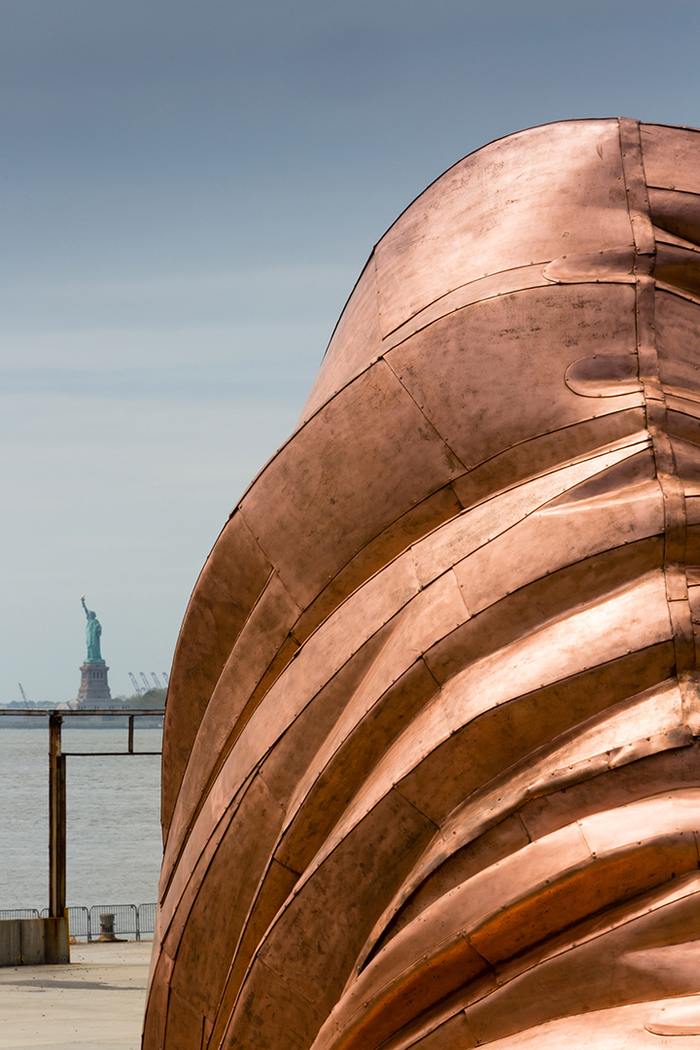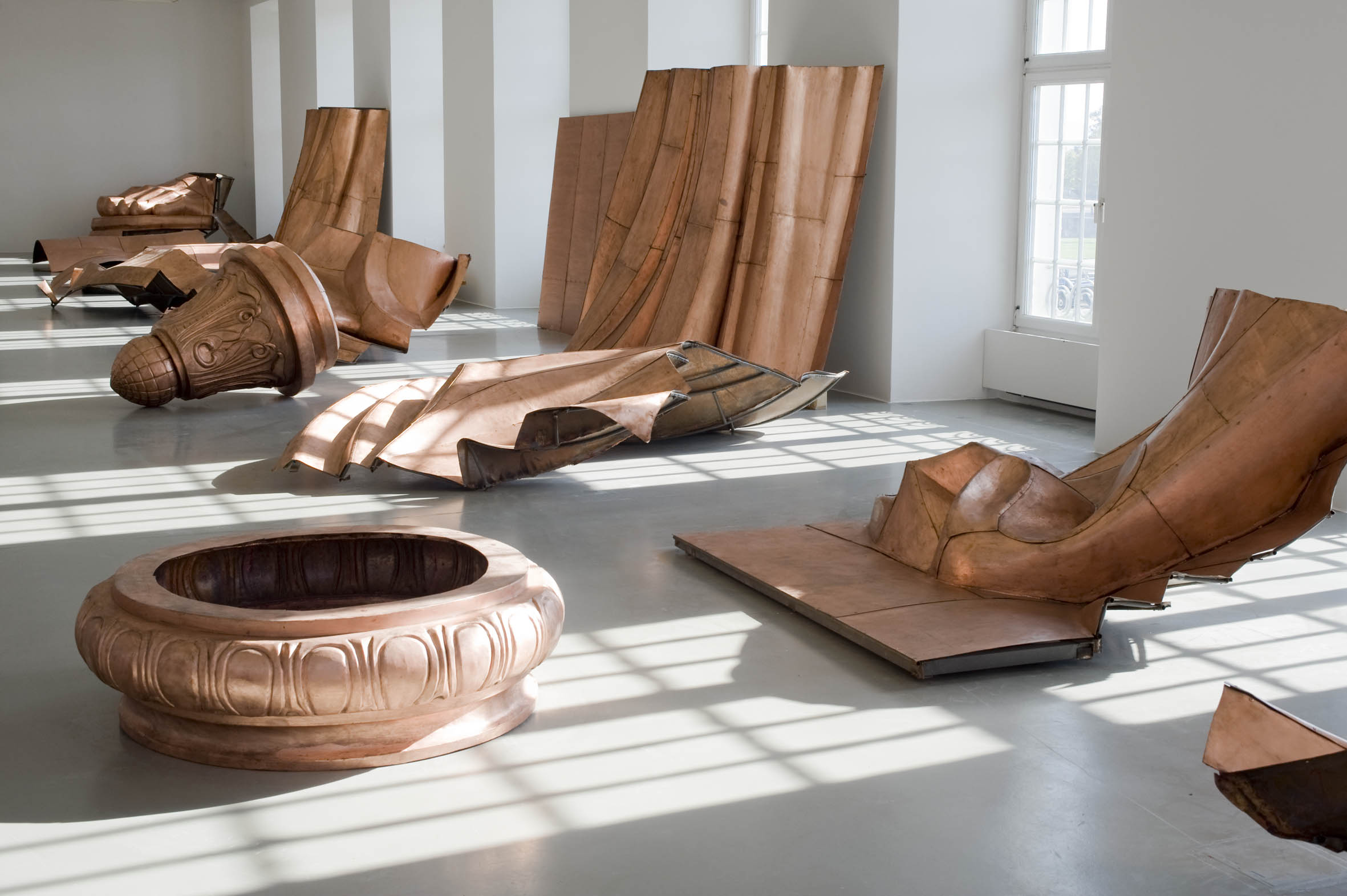
Public Art Fund installation, 2014, image: James Ewing via PAF
I have been thinking a lot about [among other things, obviously] context. How much the time, place, history, experience, and state of mind influence our experience with an artwork.
I think of my encounters with Vermeer's View of Delft, and of reading about Lawrence Wechsler's crucial visits to Vermeers in The Hague while covering Bosnian war crimes tribunals at the International Criminal Court. Art provides solace, sanity, respite, and sometimes, it makes difficult truths known, quietly and powerfully, to those who seek, sometimes through what Berger calls, "a felt absence."
A lot of people I see are turning to art for some of these same things right now, trying to grapple with the devastating results of the US presidential election. Which might be nice. But I can't help thinking of a work I liked immensely, but which now feels all but unbearable.

Fridericianum install shot by Nils Klinger via CAD
The Public Art Fund brought some to New York in 2014, but Danh Vo began showing pieces of We The People, his full-scale replication of the Statue of Liberty, at the Fredericianum in Kassel in 2011. That show's title, JULY, IV, MDCCLXXVI, came from the tablet in the Statue's hand.
Oddly, I didn't remember the press release for the show being this explicit:
the sculpture is dissected into its individual parts and thus abstracted. In his recreation, Vo concentrates on reproducing the thin copper skin (the iron scaffolding supporting the figure is missing), which gives WE THE PEOPLE a special fragility. The broken icon, the destroyed allegorical figure of Libertas, forms a strong counterpoint to the massive materiality.Maybe it's the difference between abstraction and reality. Or their collapse into each other. A felt absence.












